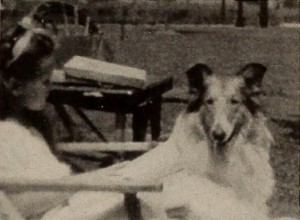
"In a relatively short period of filming, Raymond J. Berger has mastered a type of photoplay which a great many persons have expressed a desire to make, the story film featuring a child and a pet. His script, a simple and unpretentious recounting of how an invalid child wills herself to walk again, to go to the aid of her injured dog, proves an ideal vehicle for Mr. Berger's young daughter and her handsome collie, Lassie. This 8mm. Kodachrome picture, scored with re-recorded music, is noteworthy for its excellent framing and splendid closeups. Particularly engaging is the sequence, after the accident, showing the mutual recovery of the two stars. Young Miss Berger, considering the limited histrionic ability of a natural child, plays her role with grace and assurance; her crying scenes and the ingenuous frolics with Lassie are unusually credible and well performed. Mr. Berger deserves credit for his planning and fulfillment of a screen play that revolves around two such charming personalities." Movie Makers, Dec. 1946, 486.
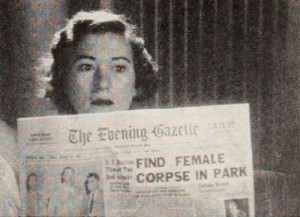
"A teen-aged girl — whose imagination has been excited by murder headlines in the local paper — and a mysterious new boarder in her mother's home are the ingredients of The Man With The Box, a superlative melodrama by James L. Watson. For here is as hair-raising a thriller as you could want to see. Mr. Watson tells his story through the interplay of image and counterimage, without benefit of dialog, and he tells it simply and well. Taut and well paced, the film should hold any audience in suspense-filled excitement from its quiet and clearly stated beginning right up to the shock of its logical and terrifying conclusion. The small cast has been cunningly chosen and wisely directed. The players, Cathy Moss as the inquisitive young girl and John Dowell as the strange boarder, give restrained yet moving performances, sustaining the film's mood admirably. The accompanying score not only complements the story line: it becomes, excitingly, an integral part of it. The Man With The Box returns to the first principles of the silent cinema with rewarding vitality." Movie Makers, Dec. 1952, 399-400.
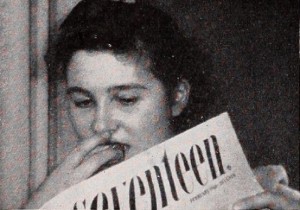
"In Maxine's Big Moment, William Messner proves that he knows the language of the motion picture, for he tells his tale in true visual terms. No subtitles are used, nor are they needed. This is a small film but a suave one, scarcely more than a vignette, as it recounts the excitement of a teen age girl's first formal dance. In it, the producer has used high key lighting that is eminently suitable in portraying a lovely young girl anticipating and preparing for a party. The choice of softcolor backgrounds adds immensely to the mood of the film, and the imaginative mirror shots in which the young lady pins a corsage to her gown are noteworthy. Fine editing and smooth transitions, in addition to good acting, combine to make a delightful and entertaining home movie." Movie Makers, Dec. 1948, 476.
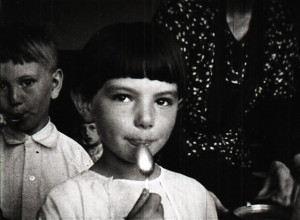
A short film about the children and activities at the Milton Road infant school located in Cambridge.
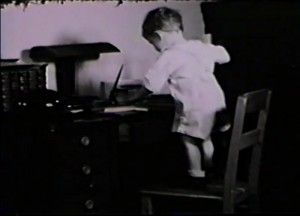
"A comic vignette starring Smith's son Dennis." Center for Home Movies.
"doc. pubblicitario"/advertising documentary
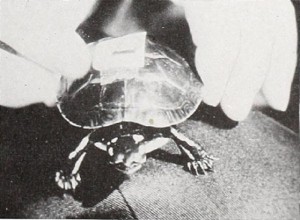
"Frank E. Gunnell has used a novel continuity motif in Mohawk Pals that ties together what otherwise would be a rambling film story. Two boys are shown doing their "homework," and the final assignment is to write a composition on vacations. The film then pictures the summer adventures at Lake Mohawk of the two boys and a girl of similar age. From time to time, there are inserted shots of the boys writing, and sentences from their compositions are cleverly double exposed at the bottom of the frame, to serve as subtitles for the film. The cinematography is immaculate, and the youngsters appear without self consciousness in their various pursuits of fun on a summer vacation." Movie Makers, Dec. 1944, 496.
"About a 9-year-old African girl, found by Protestant missionaries in the French Cameroons and reared in a mission school, who later marries a native teacher and returns to help her village." National Archives.
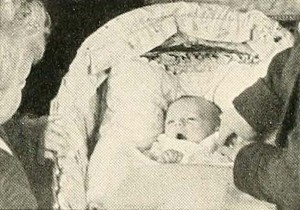
"With Number Three Arrives, John Martin carries on the continuity both of his charming family and of his delightful films of them, so ably introduced by his last year's award winner, A Day with the Young Martins. Here again are the sure feeling for cinematic story technique, the nicely effective angles and the smooth sequencing which belies any need for titles. Added to these deft and familiar abilities of Mr. Martin's work, the current production brings to light a delightful flair for farce comedy by the harassed father and a family terrier rivaling, on a small scale, the best of Hollywood's canine thespians. Once more, Mr. Martin has proved beyond argument that a well planned family film may be of interest to all who see it." Movie Makers, Dec. 1937, 630.
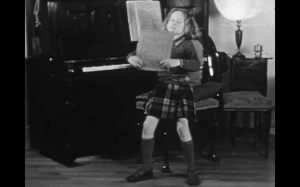
A story of a young boy and girl who play pranks on their maid as their Mother is away from the house.
Total Pages: 12